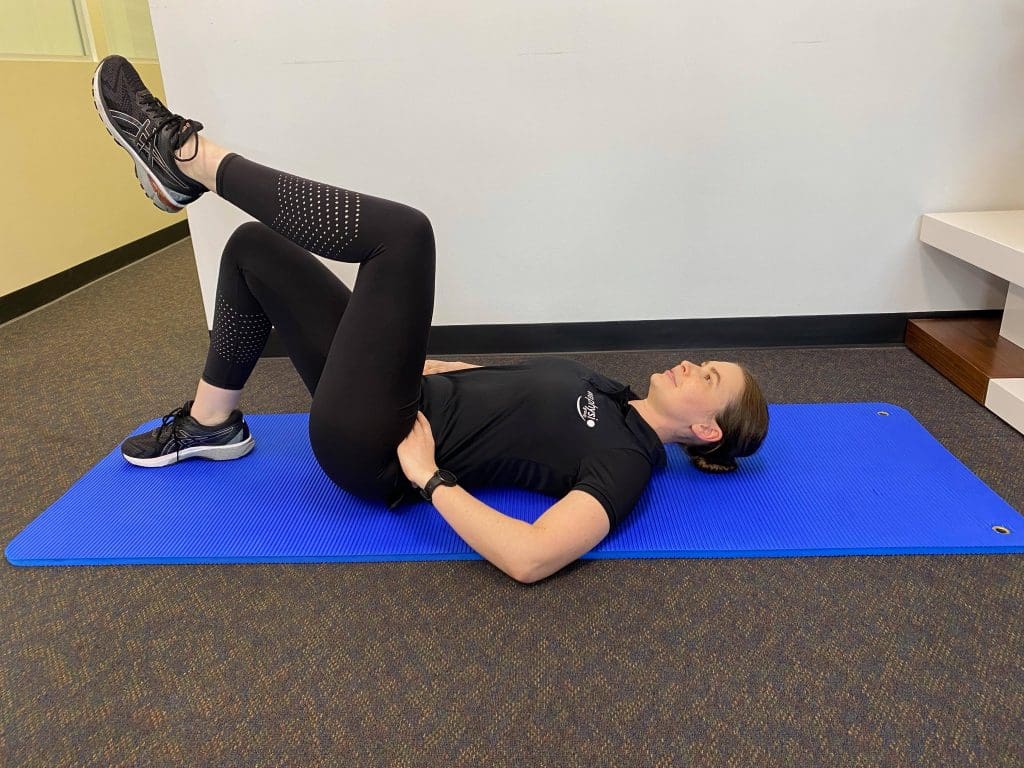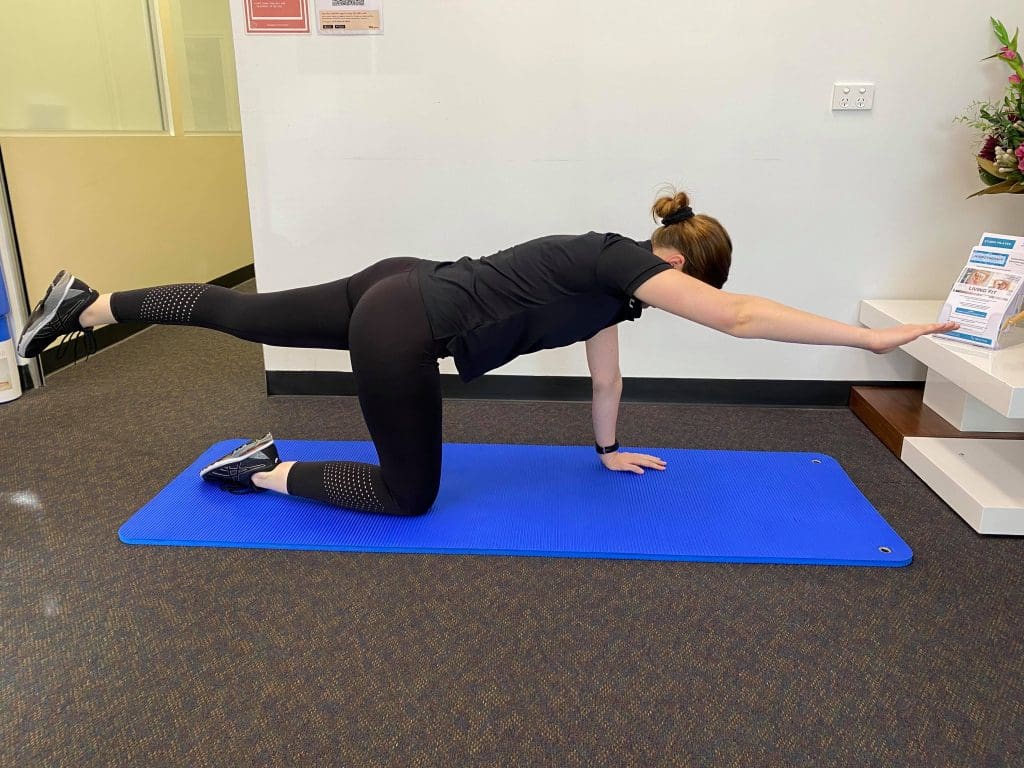The postpartum body is recovering from significant changes and requires appropriate rehabilitation just as you would for a shoulder or knee injury!
Your body has undergone significant changes during pregnancy and childbirth and can take up to 6 months to return to normal so you will need to take extra care when returning to exercise in the months following childbirth. Pregnancy hormones and giving birth can soften your ligaments and contribute to stretching of the abdominal and pelvic floor muscles. This means it is very important to ease back into exercise to avoid injuries.
Here are 5 tips for returning to exercise postnatally:
#1. General exercise
Exercise postnatally is important not only for your physical health but also your mental health. Research has shown participating in regular exercise postnatally has many benefits including:
- Improves health and fitness
- Strengthen and tone your muscles
- Boosts energy levels
- Relieves stress
- Promotes better sleep
- May help in preventing or managing postpartum depression
Here are some very general guidelines for returning to exercise after giving birth:
0-6 weeks
- Pelvic floor exercises
- Lower abdominal strengthening exercises
- Walking (start with 10 minutes and gradually build up to 30 minutes or whatever you can fit into your day!)
6-12 weeks
- Pelvic floor and abdominal exercises
- Walking
- Postnatal Pilates
- Low impact aerobics or postnatal classes
- Low intensity water aerobics class and swimming (once bleeding has stopped)
- Gym program (light weights)
*Note: If you have had a caesarean birth it may take 6-12 weeks for your body to heal and it’s very important to avoid any strenuous activity and heavy lifting in the first 6 weeks. Avoid lifting anything heavier than your baby in the first 6 weeks.


#2. Pelvic Floor Exercises
Performing pelvic floor exercises postnatally can help to prevent leakage of urine, maintain bowel control, give better sexual function, prevent or reduce prolapse and strengthen core muscles.
General guidelines for pelvic floor exercises:
- Squeeze, lift and hold the muscles around your back passage, vagina and front passage (as if trying to stop wind and urine from coming out) then fully relax your muscles and start again.
- Start with holding for 1 second then fully relaxing and gradually build up to holding your activation for 10 seconds.
- Repeat for 10 repetitions, aim to complete 3x/day.
Other Pelvic Floor top tips:
- ‘Squeeze and lift’ your pelvic floor muscles when you:
- Cough, sneeze, laugh
- Lifting and carrying your baby
- Lifting heavy items (like the pram out of the car)
- Lay down for an hour each day to relieve pressure on your pelvic floor muscles for the first 6 weeks after giving birth.
- Try doing your pelvic floor exercises when feeding your baby to save time!
If you are unsure how to do your pelvic floor exercises, or are experiencing any leakage of urine, or feelings of heaviness/bulging through the pelvic floor region, it is recommended to see a women’s health physiotherapist.

#3. Abdominal Exercises
Your abdominal muscles may have separated during your pregnancy journey – this is called rectus abdominal diastasis. This can weaken your core and may lead to back or pelvic pain.
The following exercise may help to repair muscle separation:
- Sit upright, with your hand on your lower stomach. Activate your pelvic floor and gently draw your lower stomach away from your hand. Hold for five seconds then relax. Aim for 10-15 repetitions, 3x/day
- To make it easier: try lying on your side
- To make it harder: try standing up
Things to avoid:
- Traditional sit ups, crunches or planks
- Any strenuous exercises where the abdominal muscles are bulging out
- Lifting or carrying heavy loads
#4. Returning to running
Activities such as jumping, running and high impact aerobics place a large strain on your already weakened floor, and should be avoided for the first 3-6 months postnatally. It is important to remember that no matter how fit you feel on the outside, the pelvic floor muscles on the inside may need longer to heal. Returning to sport or running too early can cause immediate or future problems, including prolapse, incontinence or back pain.
It is recommended you check with a women’s health physio to see when you are able to return to high impact activities.
#5. Take your time
The most important tip is to take your time and be kind to yourself and your body! The key is to listen to your body and make sure that everything feels good before progressing onto harder exercises.
And when in doubt, see a women’s health physio!
Author

Beth Antonio
Physiotherapist
Studio Pilates Instructor
Beth graduated from Curtin University with a Bachelor of Physiotherapy. Since graduating Beth has developed a passion in Pilates and exercise based rehabilitation. Beth has completed extra studies in Clinical Pilates and takes Mat and Studio Pilates classes to assist individuals in achieving their goals.
Beth has a keen interest in pregnancy and Women’s Health issues. She is currently completing her Masters in Continence and Pelvic Health Physiotherapy.
Outside of work, Beth loves to travel both overseas and within our beautiful state. She also enjoys running, going to the beach and playing hockey on weekends.
Special interests:
Sporting injuries
Pregnancy related conditions, including pelvic girdle pain
Pelvic floor dysfunction
Neck pain and headaches
Knee pain

